- With the addition of the 1,250-horsepower ZR1X, there are now five distinct Chevrolet Corvette models.
- All versions center around a mid-mounted V8 engine, but the powertrain details and performance stats differ among them.
- The ZR1X is slated to be the quickest and most expensive production 'Vette in history.
Corvette ZR1X vs. Stingray, E-Ray, Z06 and ZR1: How Do Chevy's Mid-Engine Sports Cars Stack Up?
The Corvette roster now offers five options, ranging from the somewhat tame Stingray to the truly extreme ZR1X
There’s never been a better time to be a Corvette enthusiast. Chevy’s performance car is looking more and more like a sub-brand now that the fifth installment of the C8 platform — the mega 2026 ZR1X — has been announced. Within this single nameplate, you can get naturally aspirated and turbocharged engines, rear- or all-wheel drive, and a hybrid-electric assist for the front axle. Add in the various levels of downforce and other performance aids, and there’s a 'Vette for just about any taste. To help make sense of this expanded Corvette universe, we’ve gathered the important info from across the lineup.
Powertrains and performance
Each of the five C8 Corvette variants comes with a mid-mounted V8 engine connected to an eight-speed dual-clutch automatic transmission. From there, things start to diverge. The base Stingray model packs a 6.2-liter engine making either 490 horsepower or 495 hp, depending on how you option it. The E-Ray takes that same engine and adds a front-mounted electric motor that boosts output to 655 hp while adding all-wheel drive. Then there’s the Z06, with its 670-hp flat-plane-crank 5.5-liter screamer, which revs to 8,600 rpm. The ZR1 borrows that engine but throws on a pair of turbochargers that send its power numbers into four-digit territory.
And then we get to the ZR1X, which combines the ZR1’s engine with a more powerful version of the E-Ray’s front motor for a staggering total of 1,250 hp. It’s tough to see how the Corvette engineers will top that.
According to Chevy’s claims, each C8 Corvette can hit 60 mph in less than 3 seconds with the right equipment. That’s already silly quick, but the ZR1X’s claim of a sub-2-second run is something we’ll need to see (likely in a blur) to believe. Not only is Chevy claiming amazing straight-line numbers for the ZR1X, but the company says the new top 'Vette will be capable of 1.0 g of lateral and longitudinal acceleration at the same time.
Anyone taking their Corvette to the track will no doubt be interested in how much downforce each version can generate. When equipped with the Z07 performance package, the Z06 makes 734 pounds of downforce at 186 mph. Go for the ZR1 and the ZTK package, and the carbon-fiber trimmings help produce 1,200 pounds of downward push at top speed. The aerodynamically identical ZR1X accomplishes the same feat.
2026 Chevrolet Corvettes Compared
Spec | Corvette Stingray | Corvette E-Ray | Corvette Z06 | Corvette ZR1 | Corvette ZR1X |
|---|---|---|---|---|---|
| Engine | 6.2-liter V8 | 6.2-liter V8, electric motor | 5.5-liter V8 | twin-turbo 5.5-liter V8 | twin-turbo 5.5-liter V8, electric motor |
| Horsepower | 490-495 hp | 655 hp | 670 hp | 1,064 hp | 1,250 hp |
| Torque | 465-470 lb-ft | 595 lb-ft | 460 lb-ft | 828 lb-ft | 950+ lb-ft (est.) |
| Transmission | eight-speed dual-clutch automatic | eight-speed dual-clutch automatic | eight-speed dual-clutch automatic | eight-speed dual-clutch automatic | eight-speed dual-clutch automatic |
| Drive type | RWD | AWD | RWD | RWD | AWD |
| 0-60 mph | 2.9 seconds | 2.5 seconds | 2.6 seconds | 2.3 seconds | under 2.0 seconds |
Spot the differences
Despite the massive range of power available across the quintet of C8 Corvettes, it can be tough to tell one from the next. Unless you have the wheel designs committed to memory (we don’t), you might have to look for a badge to confirm precisely which level of American performance you’re looking at.
But there are some tells. The Stingray is the only non-widebody Corvette, and the trim around its side air intakes is sort of L-shaped. Stepping up to the E-Ray and beyond, the body is wider (those with sharp eyes can see a bit more plastic outboard of the headlights and taillights), and the air intake trim forms a pronounced Y. On the ZR1 and ZR1X, the leg of the Y has a second inlet for rear brake cooling. The Z06 with the aero package has a unique rear wing, while the massive spoiler available on both the ZR1 and ZR1X is hard to miss. The two ZR1 variants also have a deep-dish nose that sucks in even more cooling air at the expense of what is a frunk on other models.
Look closely through the ZR1X’s front wheels and you’ll see 10-piston brake calipers wrapped around 16.5-inch carbon-ceramic discs, the largest ever offered on a 'Vette. Those will also be available on the ZR1, so you’ll probably have to look for the big X on the badge aft of the doors to make one out from the other.
C8 cabins also look pretty similar, and the differences are more about the trim level than the performance. All ZR1X models get the revised interior that’s being applied to the 2026 Corvette. Cars from 2025 and earlier, including a small number of ZR1s, feature a prominent wall of buttons separating the driver and passenger.
Pricing
While the Corvette remains a performance bargain no matter which level you choose, this lineup definitely has a you-get-what-you-pay-for pricing ladder. The Stingray comes in at $70,195 for a base coupe, while the E-Ray jumps up to $108,795. The Z06 is just slightly pricier at $116,995, and then you basically add the cost of another Stingray to get to the ZR1 at $178,195, with the gas guzzler tax.
Chevy hasn’t provided pricing for the ZR1X yet, but we expect base prices north of $200,000 and a fully optioned version coming close to $300K. That may be three times the cost of a Stingray, but compared to cars like the Ford Mustang GTD, which will have similar pricing but can’t match the ZR1X’s stats, you’re practically saving money.
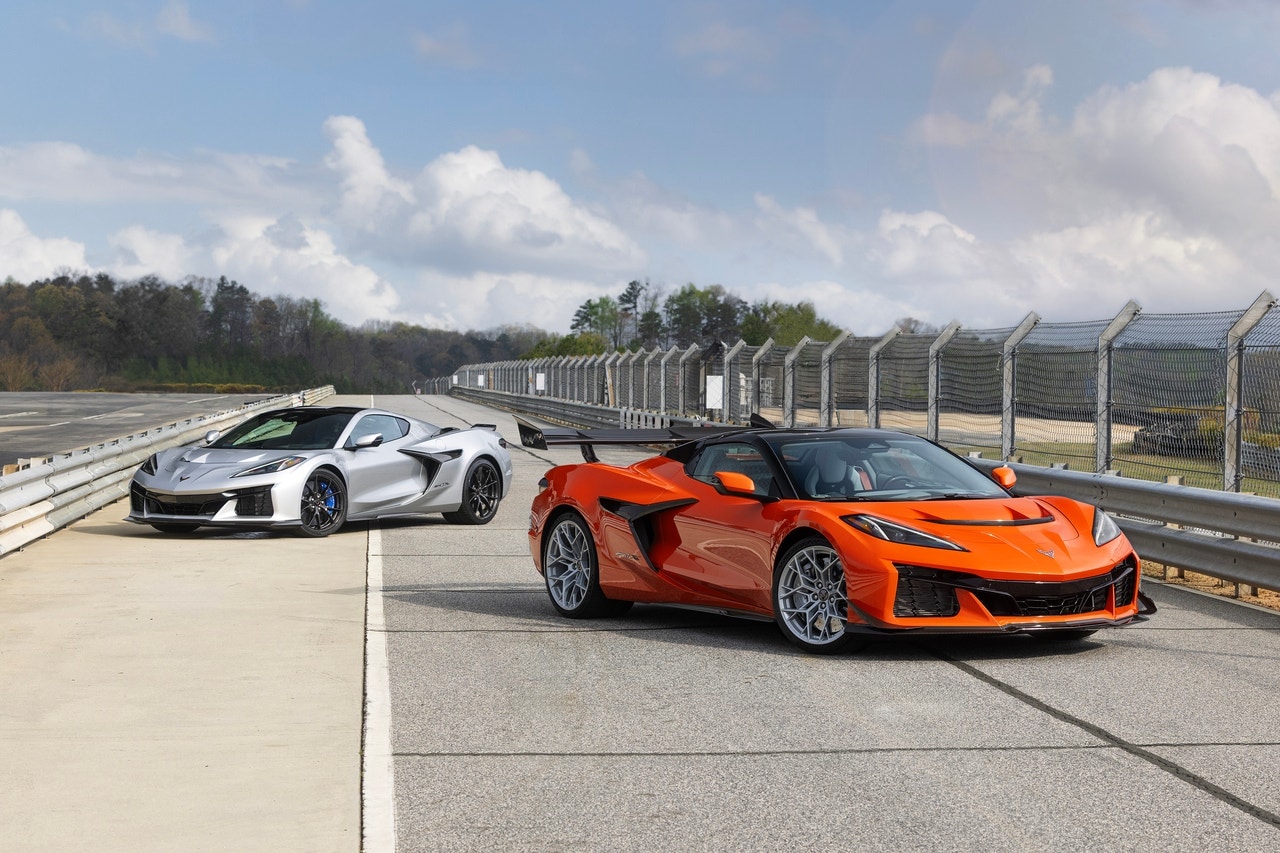
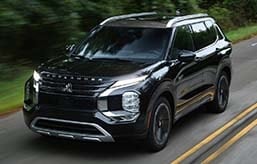
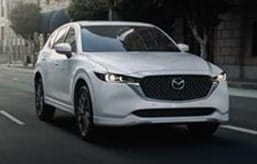
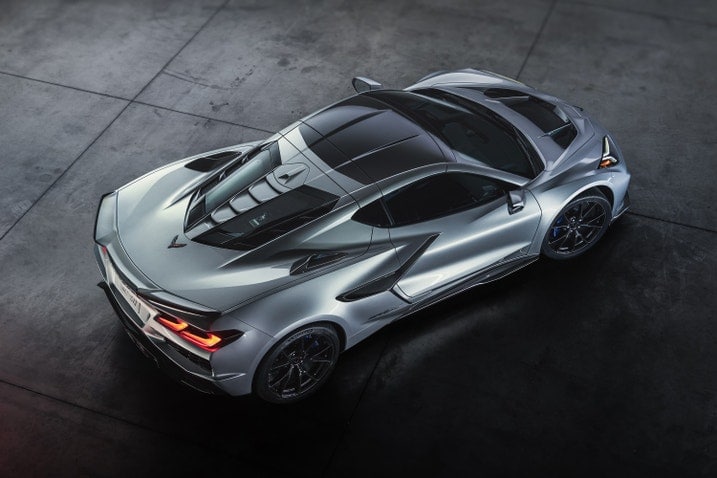
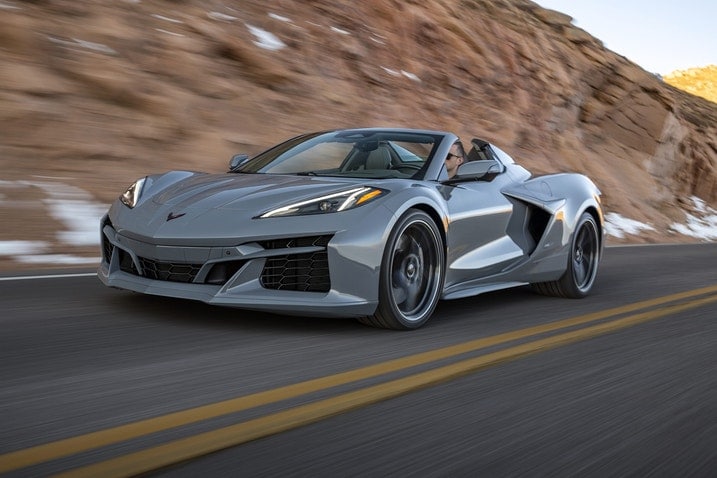
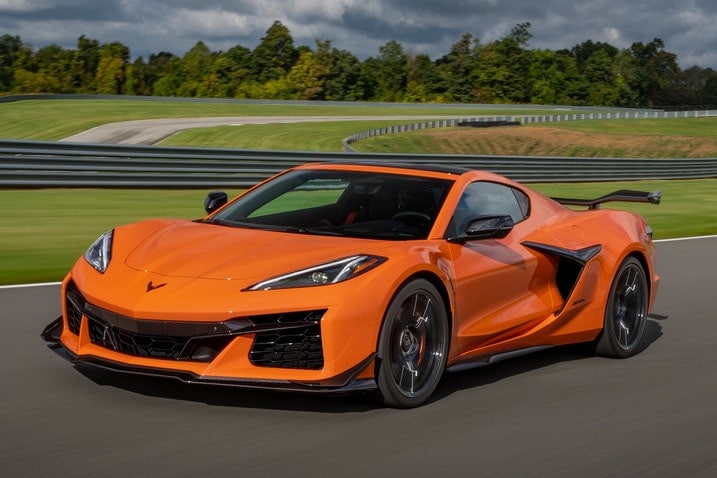
 by
by  edited by
edited by